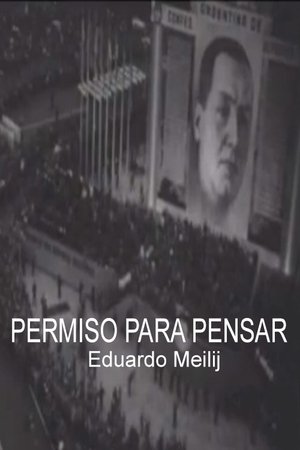

Pulqui, un instante en la patria de la felicidad(2007)
The Pulqui jet was also designed and built in Argentina by 1947. It was the first aircraft of this type to be manufactured in Latin America. The project is the initiative of Juan Domingo Peron, who also wanted an aircraft capable of competing with the Soviets and the Americans. It is thus that the Pulqui has its baptism recognized flight before the MIG -15 and F -86 Sabre, suspiciously similar design to Pulqui. The project was cut short Pulqui the 1955 coup. But in the documentary, the plane Peronist have a second chance from the hand of the artist Daniel Santoro and Michael Biancusso engineer and metallurgist, who reconstructed thus scale to relive an epic Peronist.

Movie: Pulqui, un instante en la patria de la felicidad
Top 2 Billed Cast

Pulqui, un instante en la patria de la felicidad
HomePage
Overview
The Pulqui jet was also designed and built in Argentina by 1947. It was the first aircraft of this type to be manufactured in Latin America. The project is the initiative of Juan Domingo Peron, who also wanted an aircraft capable of competing with the Soviets and the Americans. It is thus that the Pulqui has its baptism recognized flight before the MIG -15 and F -86 Sabre, suspiciously similar design to Pulqui. The project was cut short Pulqui the 1955 coup. But in the documentary, the plane Peronist have a second chance from the hand of the artist Daniel Santoro and Michael Biancusso engineer and metallurgist, who reconstructed thus scale to relive an epic Peronist.
Release Date
2007-07-12
Average
0
Rating:
0.0 startsTagline
Genres
Languages:
Keywords
Similar Movies
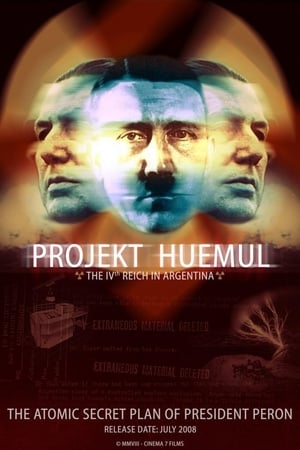 0.0
0.0Projekt Huemul: The IVth Reich in Argentina(es)
In 1946, President Peron started a secret nuclear project with the help of Nazis refugees which consisted in the use of a new method "Nuclear Fusion". Five years later, he would announce to the world his succeed. Even today, no country around the world has achieved it.
Las enfermeras de Evita(es)
Musical documentary based on the stories of four women who studied to become nurses in the school of the Fundación Eva Perón in 1948, which was one of the institutions that helped pave the way for change for women in Argentina. The testimonies from the protagonists are reenacted in the form of a musical, in a film that combines archival footage and choreography.
Olympus vacuum(es)
A powerful Argentine political film stands on the figure of an outsider intellectual, Sebreli, but manages to transcend it, he becomes a touchstone to go through Argentina and its dilemmas, through this country that is proud of almost everything it should be ashamed of. From national icons like Gardel, Evita, Che, and Maradona the film dialogs with recent Argentine history and it does so with extraordinary energy, supported by a rarely seen use of all kinds of archive material in an almost Dionysian state of sampleadelia. The film arrives to a surprising reflection on nationalism, demagogic governments and delusions of unanimity; problems that are common to emerging societies that cannot find their ways to a freer and more egalitarian society.
 5.5
5.5El hada buena - Una fábula peronista(es)
In a popular auction that matches the sinister and colorful of a circus of phenomena, a couple adopts children in exchange for their belongings. The children there acquired, usually mutilated, are in their new home in order to prepare for access to the Peronist education program taught in only 10 state institutes.
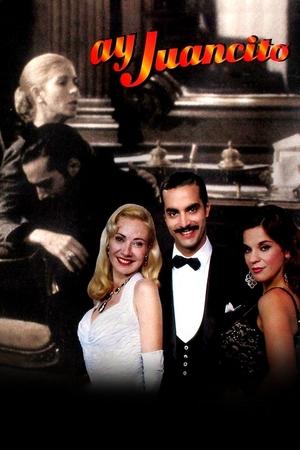 4.0
4.0Ay, Juancito(es)
A film about the life of Juan Ramón Duarte, Evita's only brother. His ascent, his excesses, and his demise, in the times of Juan Domingo Perón.
 7.1
7.1The Traitors(es)
Based on a true story, the film narrates the life of a fictitious Peronist union leader who, after years of militancy, gains power in the union during the 1960s and gradually becomes a corrupt bureaucrat.
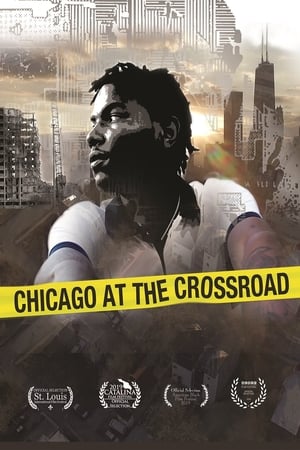 4.0
4.0Chicago at the Crossroad(en)
While gun violence was on the decline in most major US cities, why did it continue to increase in Chicago's segregated communities? What is known about the systems that created the problem, the laws that isolated it, and the policies that abandoned it? Using dramatic footage, including interviews with residents on the front lines over the last 15 years, this documentary opens a rare historical window into the systematic creation of poverty stricken communities plagued by gun violence.
The Exotic Locations of 'Goldfinger'(en)
A tour of the exotic locations of 'Goldfinger'.
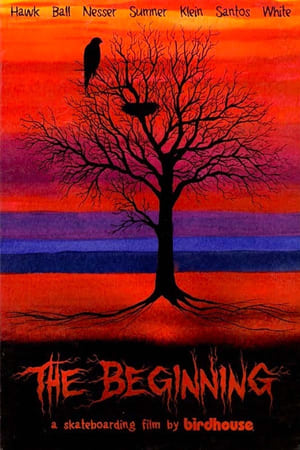 8.0
8.0The Beginning(hu)
More than a decade after the release of the revolutionary skateboarding film The End, Birdhouse comes full circle with a monumental release of cinematic majesty titled The Beginning.
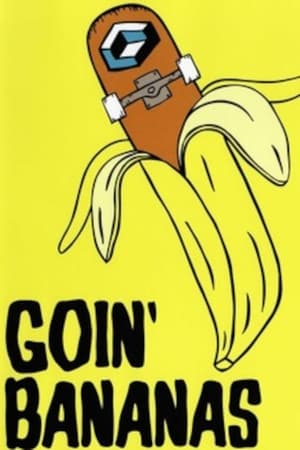 0.0
0.0Consolidated - Goin Bananas(en)
You gotta buy it (or steal it) to find out who's in it.
Site of Sites(es)
Filmed with irony, the film describes brief moments in the lives of tourists, workers, and local vacationers around the construction of an artificial beach somewhere in the Caribbean.
Ugly Me: My Life With Body Dysmorphia(en)
Documentary exploring body dysmorphic disorder, a condition which causes people to believe they are extremely ugly. The film follows 29-year-old Liane and her boyfriend Mitch over a year as Liane starts therapy to try and conquer this crippling condition. Each week Liane meets Professor David Veale, one of the world's leading experts on BDD, who attempts to undo some of her deeply entrenched habits, often leading to uncomfortable and revealing realisations. The documentary also hears from a range of people who are in recovery from BDD talking movingly about their own personal experiences helps illuminate Liane's journey and reveals more about this illness.
 0.0
0.0Bulky Trash(de)
In early summer 1989, Helke Misselwitz portrays young musicians in a band who produce their music on other people’s waste items. The four boys call themselves "Bulk Rubbish" and they drum out their resentment, having grown up on the new housing estates of East Berlin. A straight-up picture of the GDR youth is presented here, which in no way conforms to the official image. The film crew concentrates on the observation of the boy Enrico and his mother Erika: when the mother marries in the West, her son decides to stay in East Berlin, bidding her farewell at the border-crossing. Only shortly after, the tables are turned again: as the events in Berlin leading up to the fall of the Wall are practically captured live from the film crew, Enrico insists on maintaining his cultural identity, even after the fall of the Wall. The "Bulk Rubbish" musicians want to remain citizens of their own state and perceive the looming reunification with scepticism.
 7.0
7.0Sinatra in Palm Springs(en)
Palm Springs, a small desert oasis 100 miles East of Los Angeles was Sinatra's true home for 50 years. During his brief yet turbulent marriage to Ava Gardner his Palm Springs home was center stage. For the rest of his life, the Rancho Mirage compound on Frank Sinatra Drive, was the home he called "My Heaven". Palm Springs still feels the ghost of Frank Sinatra.
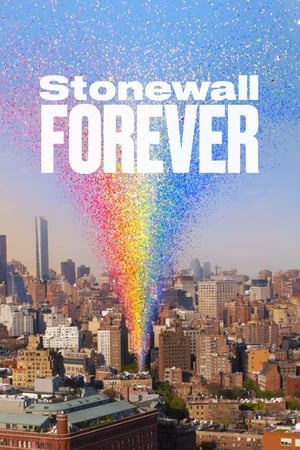 0.0
0.0Stonewall Forever(en)
The history of the Stonewall Riots is equally as cherished as it is charged. There are questions of who was there, who "threw the first brick" and who can claim Stonewall. This film doesn’t answer these questions but instead it aims to expand the story of Stonewall by including more voices in its telling by bringing together voices from over 50 years of LGBTQ activism to explore the ongoing legacy of Stonewall.
De droomproducenten(nl)
Documentary exploring why Belgian television doesn't invest more money in Belgian cinema as is the case in e.g. the netherlands.
 5.0
5.0Boys Alone(en)
Take ten boys aged 11 and 12. A variety of backgrounds. Put them together in a house, with no adult control. Followed by a camera crew, the boys form hierarchies, rarely organise meals, and argue about where to sleep.
